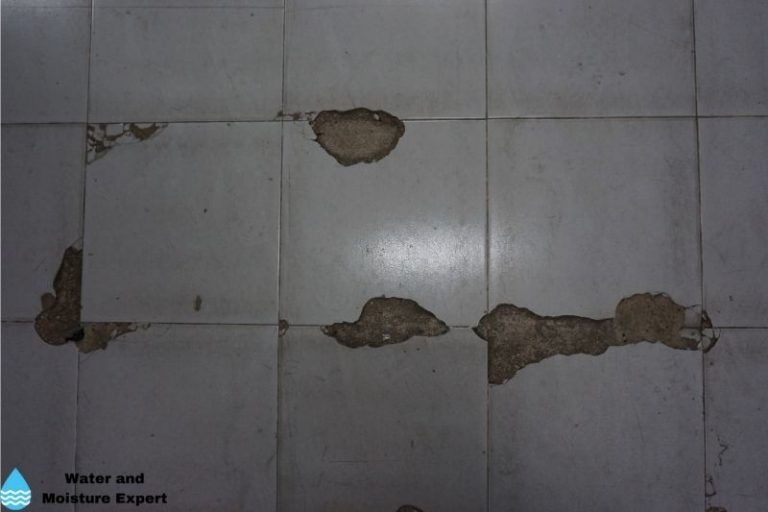Every person is bound to have their own individual idea about Looking for Signs of Water Damage in the Bathroom.

The washroom is extremely vulnerable for moist accumulation and potential water damage due to the regular use of water in it. This article offers simple inspection techniques to help spotting water damage hazards.
The frequent use of water in the bathroom makes it extremely vulnerable for moist accumulation as well as prospective water damage. By examining it routinely, you can reduce water relevant problems.
The adhering to collection of assessments is simple to carry out and should be done once in every 3 months in order to maintain your shower room in good shape and to stop possible water problems caused by the bathtub, the shower, pipeline joints as well as plumbing, sinks, cupboards, and the toilet
Do not forget executing these assessments as well as be comprehensive while performing them. Remember that these basic evaluations can save you a great deal of cash by offering early signs for water damages
Sinks and Cabinets
Sinks and closets are subjected to moisture and also moisture daily and also are commonly neglected. Evaluate on a regular basis under the sink as well as on the countertop above it. Fix any drip in the catch as it may recommend drain troubles. Look around the sink, sluggish draining pipes might show a blocked drainpipe. Replace sink seals if they are fractured or loose.
Bath tub and Shower
The shower and also bathtub need unique interest and also maintenance. Examine the tiles as well as change if broken. See to it that there is no missing grout in between the tiles. Check and also replace split caulking at joints where the walls satisfy the flooring or the bathtub. Blocked drains pipes and pipelines troubles will stop the bath tub from drying out and may suggest significant troubles beneath the bathtub. Talk to a specialist promptly to stop architectural damage. Take note of stainings or soft locations around the bathtub walls as they might show an internal leak.
Plumbing
Signs for water damage are tough to identify because a lot of pipelines are set up inside the wall surfaces.
Pay unique focus to flooring and walls wetness and also discolorations as they might indicate an unnoticeable plumbing issue. Inspect dampness degrees in adjacent rooms as well.
The Toilet
The bathroom is a prone water joint. Examine the water lines and also look for leakages around the toilet seat, in the hose, and under the water tank. If you discover any type of indications of wetness on the flooring around the bathroom, look for leaks in the toilet rim and storage tank seals.
Understand that hanging bathroom bowl deodorants enhances the possibilities for clogs.
Water Damage Signs In The Bathroom To Avoid Cleanup
Musty smell
This is one of the easiest signs to catch because musty smells are so odorous. The damp, earthy, moldy smell should be a big red flag. The smell will develop when moisture gets trapped in surfaces, and begins to facilitate mold growth. Leaking pipes under cabinets, inside walls, and behind shower fixtures will cause moisture to stay trapped and not dry, which will lead to mold growth and spread. As soon as you notice any musty smells in your bathroom, have it checked for hidden water damage and cleanup signs.
Visible mold
If the smell isn’t there to give it away, sometimes you will actually see mold growth. Finding mold in your bathroom is a serious problem, because mold is very harmful to your health. By the time mold growth is visible, it also means that water damage has already occurred and been present for some time. The only way the mold problem can be resolved is to find the source of the moisture and get it stopped. To safely and adequately remove mold, you need to have professionals handle the remediation. Do not waste any time in getting mold problems addressed, fixed, and sanitized so that you can protect you and your family from the many respiratory symptoms caused by mold exposure.
Damaged floors
Bathroom floors should be able to withstand some exposure to water while still remaining in good condition. However, when excess exposure or water leaks occur, they will begin to damage even the most water-resistant flooring. If you notice any cracking, bubbling, staining, or warping on your bathroom floors, there is probably a water leak somewhere causing the distortion. If you notice areas of the floor have become softer, or even have a spongy feeling, there is probably damage to the subfloor. Subflooring is typically made up of plywood. When plywood is exposed to water or moisture, it will absorb it. Once it has become saturated, the weight of the excess water will cause the wood to swell and soften. Check the floors in your bathroom frequently to catch any of these sings before they lead to damaged subflooring.
Changes on walls
When water leaks behind walls, it will cause changes in the drywall. Peeling plaster, blistering paint, and soggy wallpaper are all good indicators that excess water is building up behind the wall. Water leaking behind drywall will cause it to swell and be soft to the tough. If you start to notice gaps along the trim of your walls, or where tile meets the wall, it could also be a strong indicator that there is a leak behind the wall. Any changes, distortion, or damage on the walls should be evaluated as soon as you notice it to prevent further water damage and cleanup.

Hopefully you liked our article about How to Prevent Bathroom Water Damage. Many thanks for taking a few minutes to browse our content. Those who appreciated our post if you please don't forget to pass it around. We cherish reading our article about Preventing Water Damage in the Bathroom.
Detail
Comments on “Ways to Repair a Water-Damaged Wall in the Bathroom”